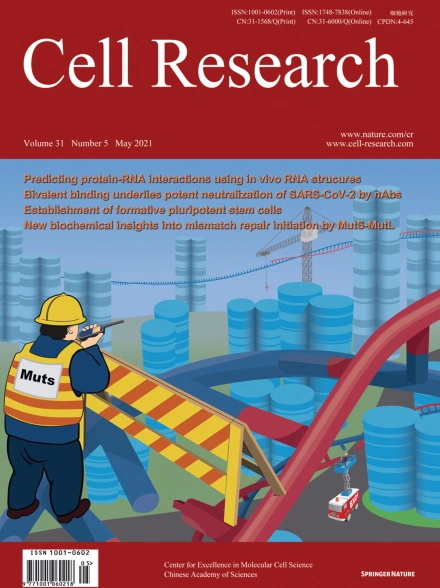
Advanced Search
Submit Manuscript
Advanced Search
Submit Manuscript
Volume 31, No 5, May 2021
ISSN: 1001-0602
EISSN: 1748-7838 2018
impact factor 17.848*
(Clarivate Analytics, 2019)
Volume 31 Issue 5, May 2021: 589-592 |
Genome-scale profiling of circulating cell-free DNA signatures for early detection of hepatocellular carcinoma in cirrhotic patients
Lei Chen1,2 , Ghassan K. Abou-Alfa3,4 , Bo Zheng1,2 , Jing-Feng Liu5 , Jian Bai6 , Lu-Tao Du7,8 , Yun-Song Qian9 , Rong Fan10 , Xiao-Long Liu5 , Lin Wu6,* , Jin-Lin Hou10,* , Hong-Yang Wang1,2,11,12,* , The PreCar Team13
1National Center for Liver Cancer, Shanghai 210822, ChinaDear Editor,
Hepatocellular carcinoma (HCC) is the second most deadly cancer worldwide.1 Cirrhosis of different causes predisposes patients to HCC, increasing the annual HCC incidence by 2%–4%.1 The development of cirrhosis facilitates a series of genetic or epigenetic changes, resulting in the formation of dysplastic nodules, a premalignant stage in HCC.1 HCC diagnosis at an early stage contributes to an improved prognosis with the possibility of curative treatment. Due to the low accuracy of current diagnostic methods, it is urgently needed to explore new non-invasive strategies for early HCC diagnosis in cirrhotic patients. Hence, we collected cell-free DNA (cfDNA) samples from a total of 2250 patients with liver cirrhosis (LC), 508 with HCC, and 476 healthy controls (CTRL), from 13 hospitals in 11 provinces of China, and randomly assigned them to training, validation and test cohorts for development and evaluation of diagnostic model. We employed a state-of-the-art next-generation sequencing (NGS) technology to acquire genome-wide 5-hydroxymethylcytosine (5-hmc),2 nucleosome footprint (NF),3 5′ end motif4 and fragmentation5,6,7 profiles of cfDNAs from all enrolled patients. Using a logistic regression method, we constructed a weighted diagnostic model based on the performance of these four features.
https://doi.org/10.1038/s41422-020-00457-7